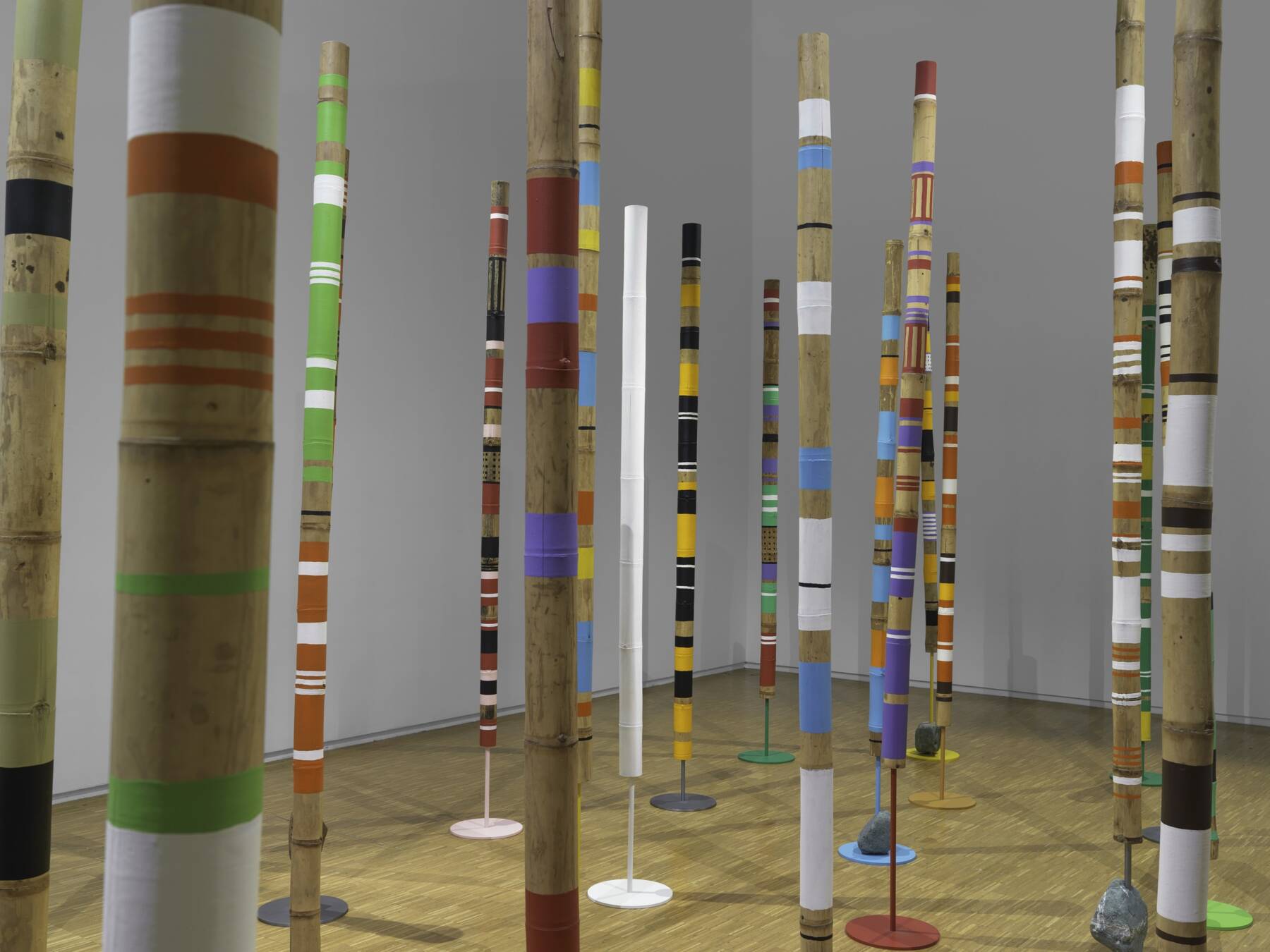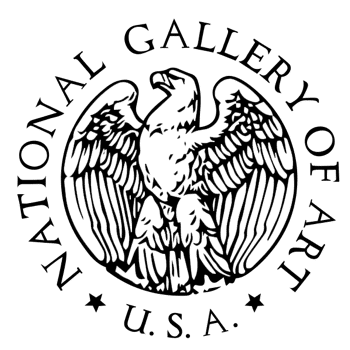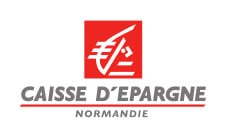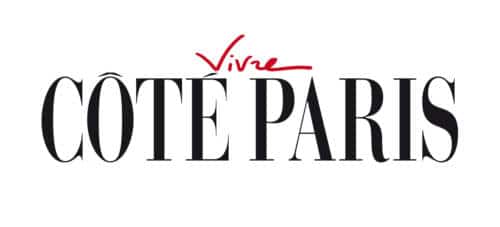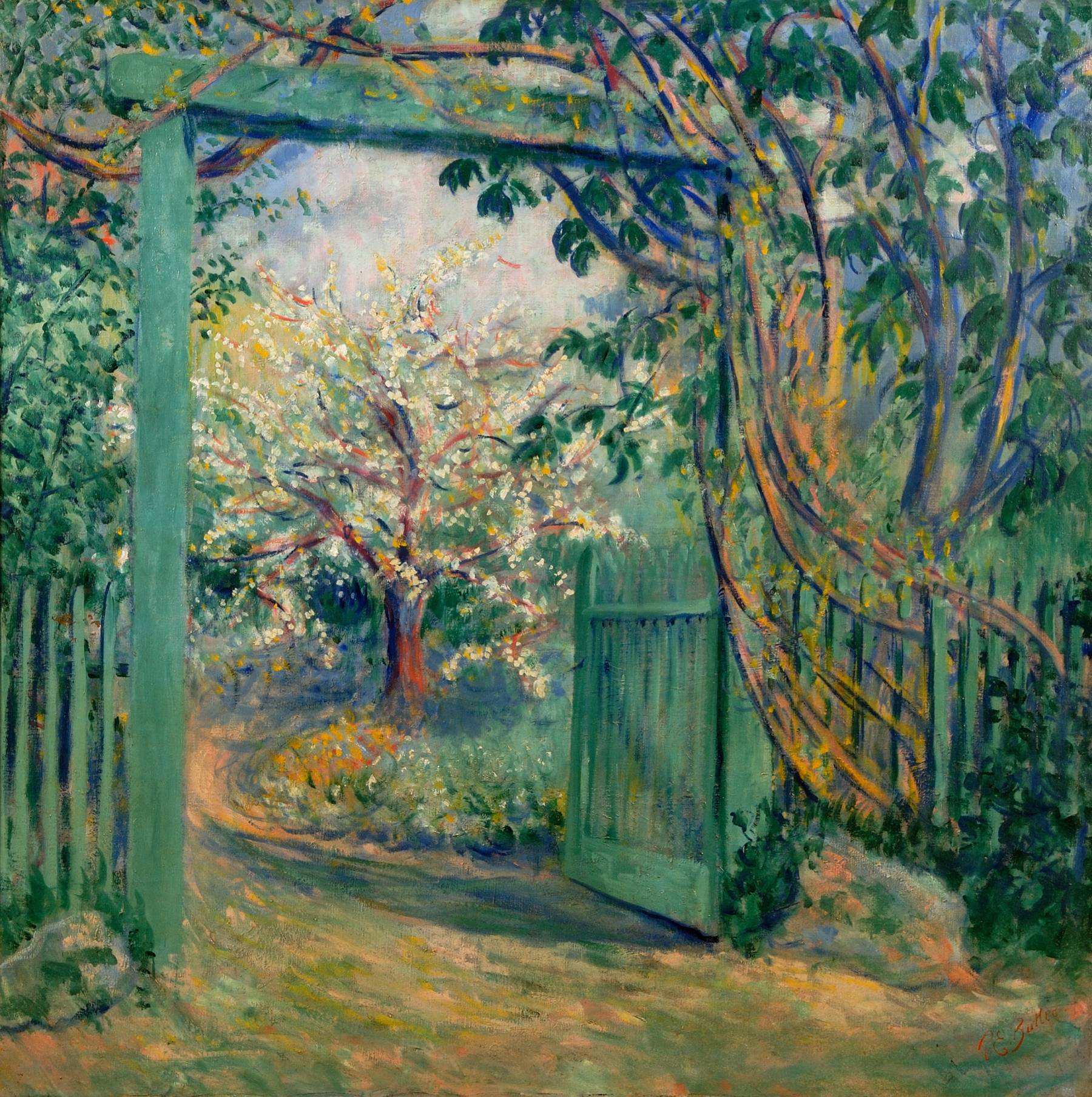From Delacroix to Signac
Drawings of the Dyke Collection
from July 27, 2012 to October 31, 2012
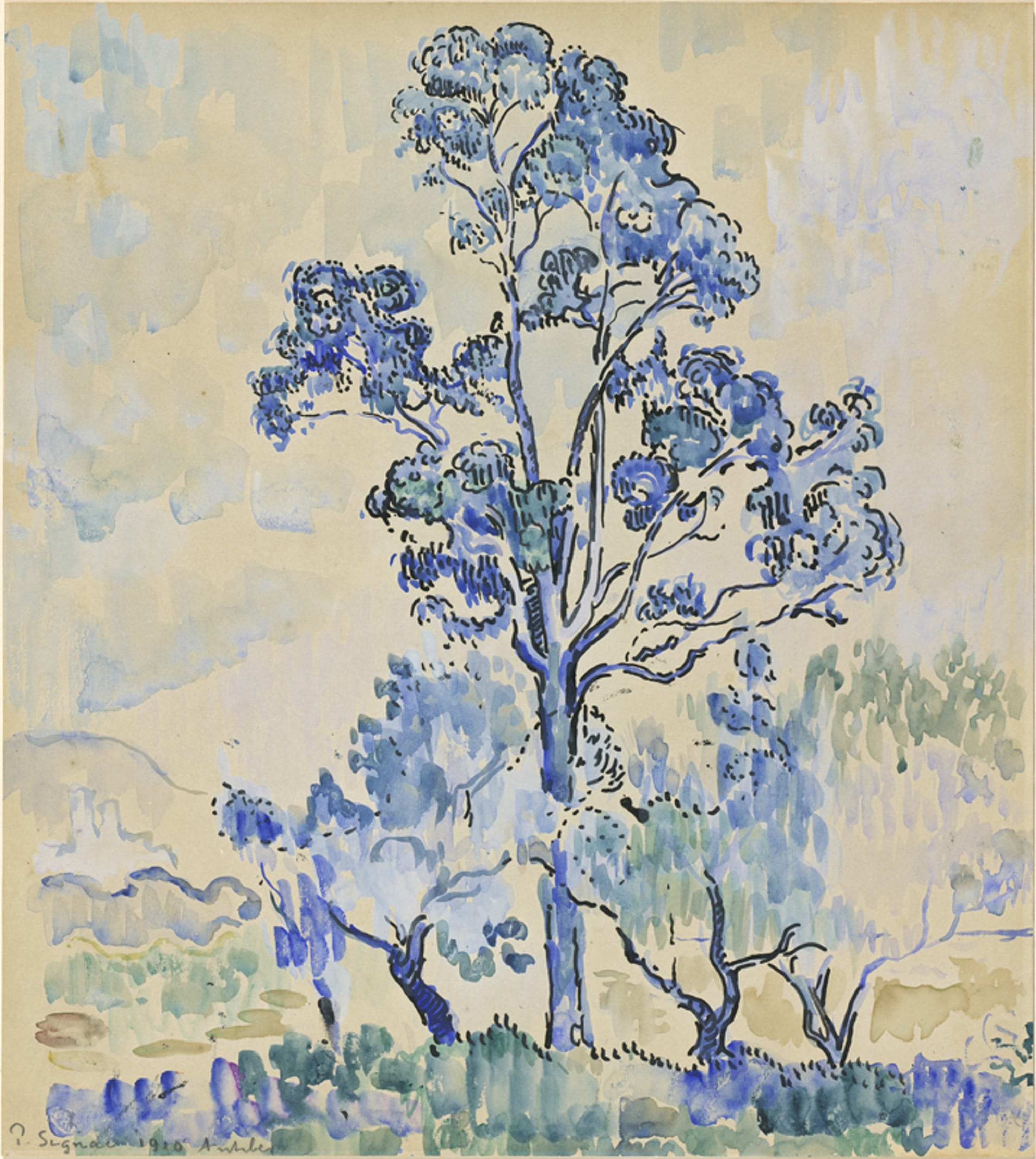
This exhibition brought together around a hundred major works selected from drawings from the private collection of James T. Dyke and the donation he made to the National Gallery of Art. This selection revolves around artists who were active between 1830 and 1930, from Delacroix to Bonnard, Vuillard and Signac. Presenting different kinds of subjects, styles and techniques, the exhibition offered a magnificent example of the general evolution of modern drawing in France, from Romanticism to the Nabis and the Neo-Impressionists.
A Collector’s Choices
James T. Dyke is today one of the most knowledgeable collectors of European and American drawings from the nineteenth and twentieth centuries in the United States. During his lifetime, he has assembled three remarkable collections. The first, a unique set of more than 140 exceptional works by Paul Signac, has been generously donated to the Arkansas Art Center in Little Rock. The fate of the second, which numbers several hundreds of contemporary drawings, has not yet been decided. The third, in which we are interested here, brings together works on paper (drawings, watercolours, gouaches and pastels) from the nineteenth and early twentieth centuries.
The evolution of modern drawing in France
The order of the works in the show will be chronological, and divided into five sections: Romanticism, the School of Nature, Impressionism, the Nabi Group, and Neo-Impressionism. Offering a wide and deep range of subject, styles and techniques, the exhibition will lavishly illustrate the evolution of modern drawing in France. Three watercolours by Delacroix will open the exhibition, followed by works from such artists as Eugène Isabey, Gustave Doré and Théodore Chassériau, revealing very varied aspects of Romanticism in which the depiction of nature is often understood to represent the sentiments of the artist. Next will come Jean-François Millet, Théodore Rousseau and the Barbizon painters, who, in studying the landscape with a new attention, strove to portray it with greater objectivity.
Long live the color!
The Impressionists, too, turned their attention on nature and contemporary life, but focused on its fluidity, the illusion of movement and effects of the light. Design became more abstruse and less descriptive, colour increasingly vivid, and the hand of the artist freer in the application of the matter. From Boudin to Monet, and Degas to Pissarro and Cézanne, all the Impressionist artists were ardent draughtsmen, employing a diverse range of techniques, but most often choosing pastels or watercolours. The artists in the Nabi group also drew ceaselessly: in our selection, Pierre Bonnard favoured the textural effects enabled by Indian ink, Édouard Vuillard dissolved form in the insubstantiality of pastels, and Maurice Denis employed sinuous arabesques with black lead.
But the masters of black and white remain Georges Seurat and his followers who, using Conté crayons, achieved effects of rare depth and resonance in contrasts of light and shade that lay bare the forms without the use of outlines.
The nineteenth century was a veritable golden age for drawing. The exhibition will present a broad selection that not only encompasses its evolution over a century from 1830, but is also illustrative of how it was employed – from a hastily jotted draft in a sketchbook during a journey to a large preparatory drawing carefully elaborated in the studio, or a completed independent drawing, dated and signed by the artist, to be considered as a work in itself.
Charcoal holders, palettes, flasks, Conté crayons
The collection also embraces the set of techniques used, from pen to brush, Indian ink to black lead, and watercolour to pastel, the last two being especially favoured during this century enamoured of colour. This is why, alongside the presentation of the broader aesthetic currents that traversed the century, one section of the exhibition will present the principal tools and materials used by the artists beside works that exemplify their technical qualities. Charcoal holders, palettes, flasks, Conté crayons, period boxes of pastels and watercolours offer the visitor the chance to appreciate the possibilities open to nineteenth-century draughtsmen and to better understand the approaches they took.
When we study a drawing, we are present at the first stage of an artwork and the intimacy of the artist’s first touch, and are privy to his experimentation and diversity. What is submitted to the gaze of the perceptive art-lover – or the simply curious – is the inventiveness and intuitions of the artist, his passing disappointments and dazzling triumphs.
Exhibition curators: Marina Ferretti
This exhibition is organized by the National Gallery of Art, Washington, in collaboration with the musée des impressionnismes Giverny.
In images
Zoom on the works
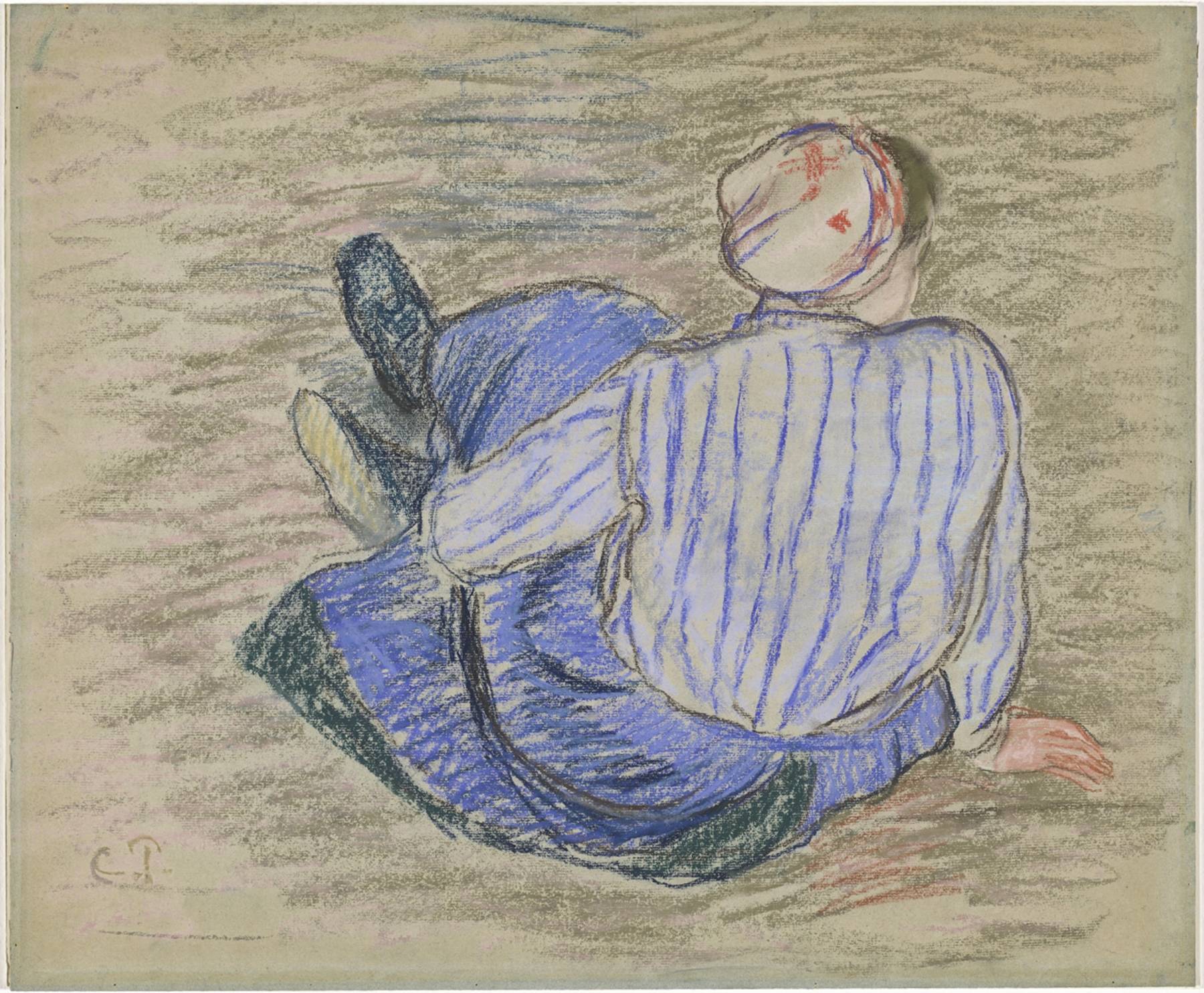
- Camille Pissarro
- Paysanne assise par terre, Vers 1880.
- Pastel, 47 x 56,6 cm. Collection James T. Dyke
- © Images courtesy of the Board of Trustees, National Gallery of Art, Washington, Photographe Ric Blanc
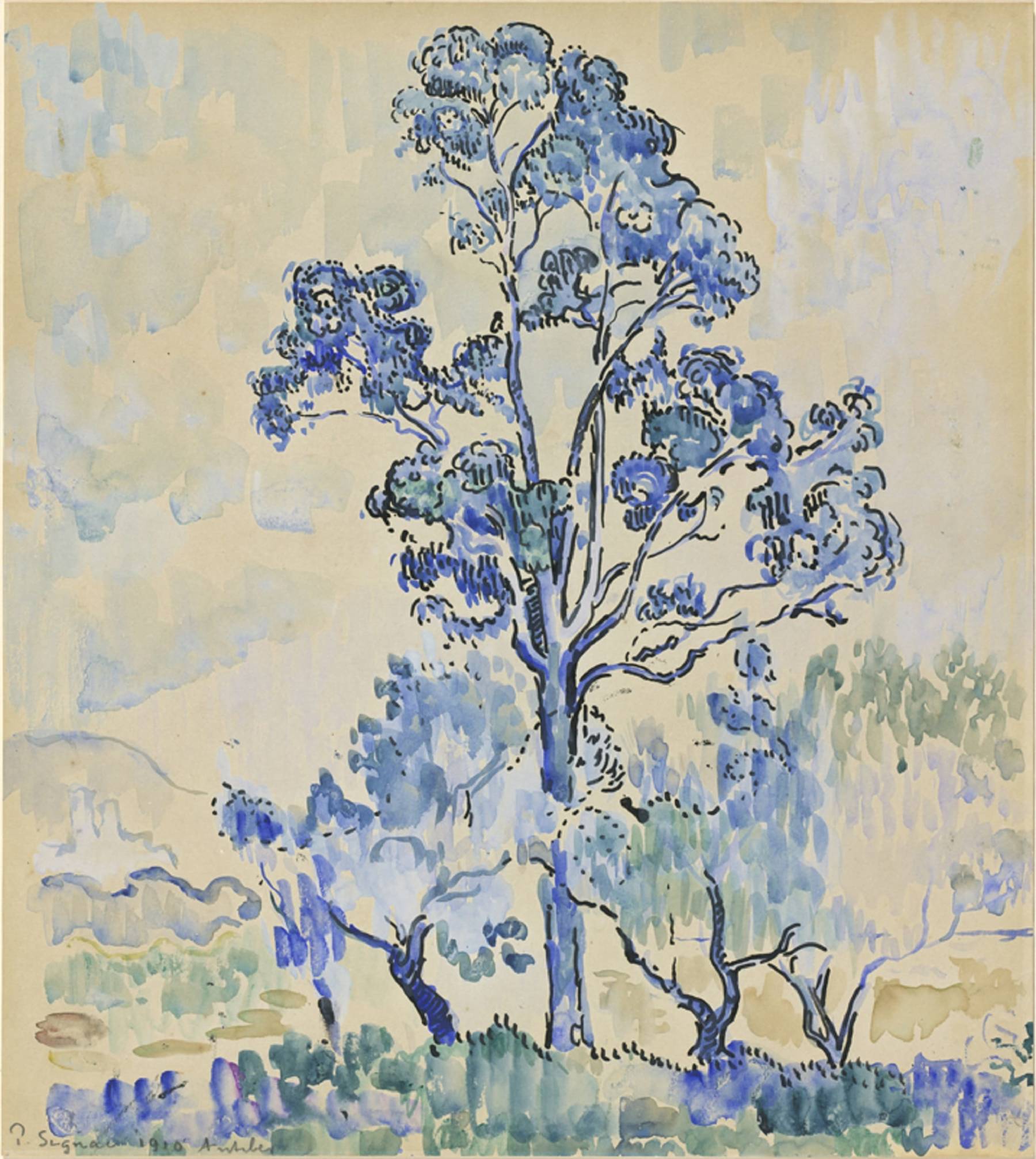
- Paul Signac
- Eucalyptus à Antibes, 1910.
- Encre noire, aquarelle et gouache, 39 x 34,5 cm. Collection James T. Dyke
- © Images courtesy of the Board of Trustees, National Gallery of Art, Washington, Photographe Lee Ewing
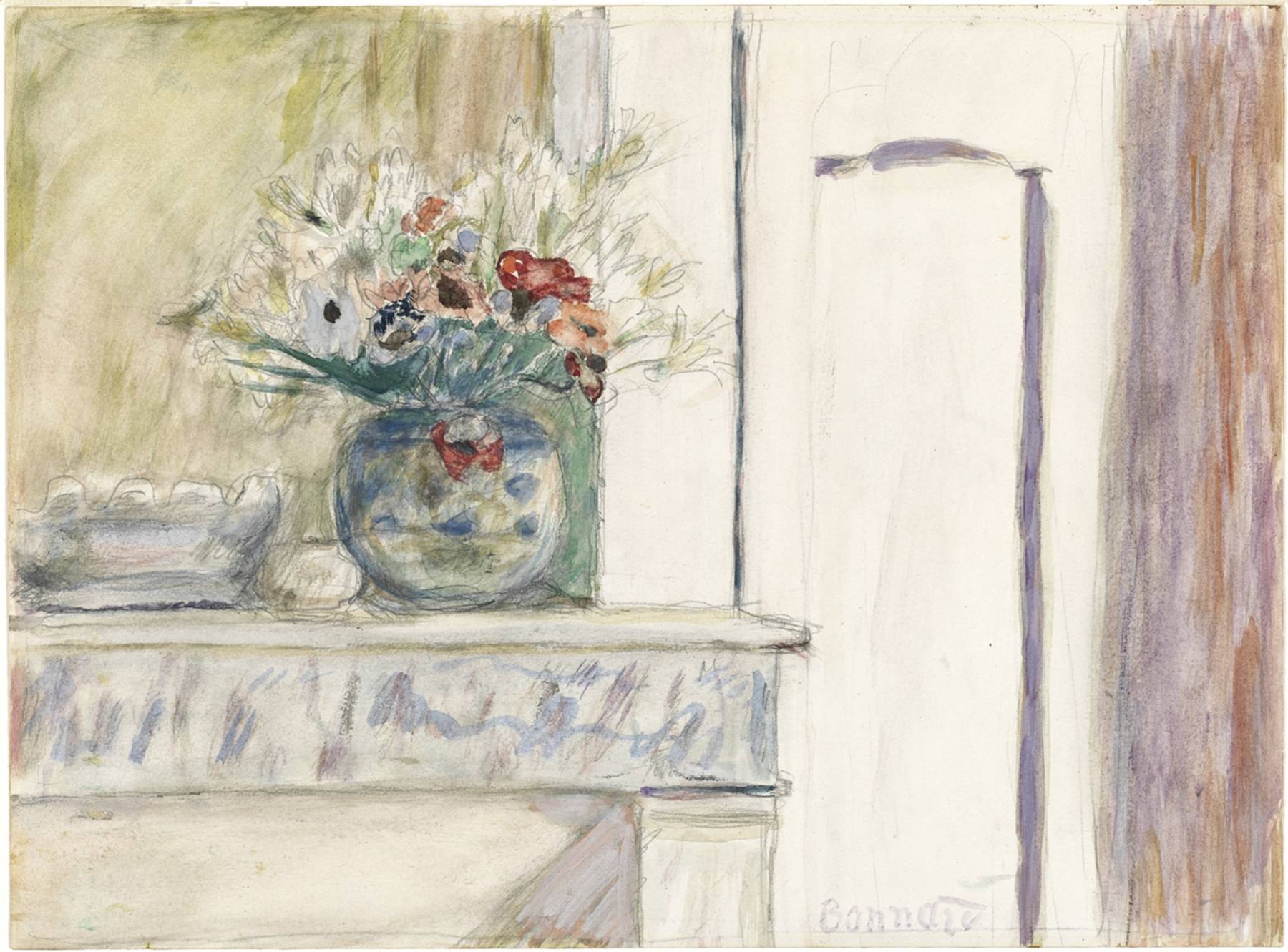
- Pierre Bonnard
- Vase de fleurs sur un coin de cheminée, Années 1920.
- Aquarelle et mine de plomb, 26,7 x 36,2 cm. Collection James T. Dyke
- © Images courtesy of the Board of Trustees, National Gallery of Art, Washington, Photographe Ric Blanc
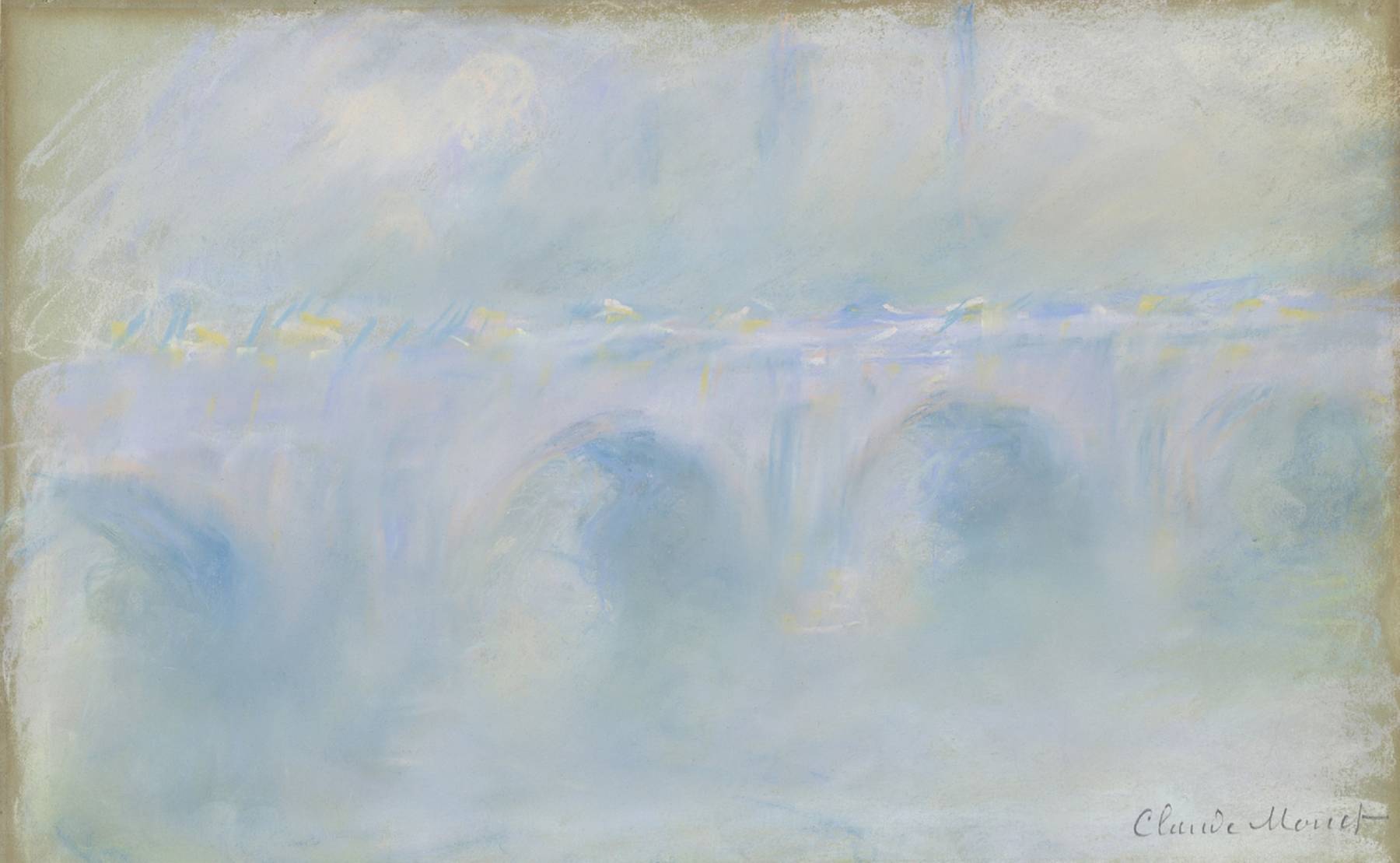
- Claude Monet
- Le Pont de Waterloo, 1901.
- Pastel, 31,1 x 50,2 cm. Collection James T. Dyke
- © Images courtesy of the Board of Trustees, National Gallery of Art, Washington, Photographe Ric Blanc
Patronage
Patrons and partners
Exhibition in progress
Collections in the Garden.
Andrea Branzi, the Realm of the Living
from July 11, 2025 to November 2, 2025
See more
